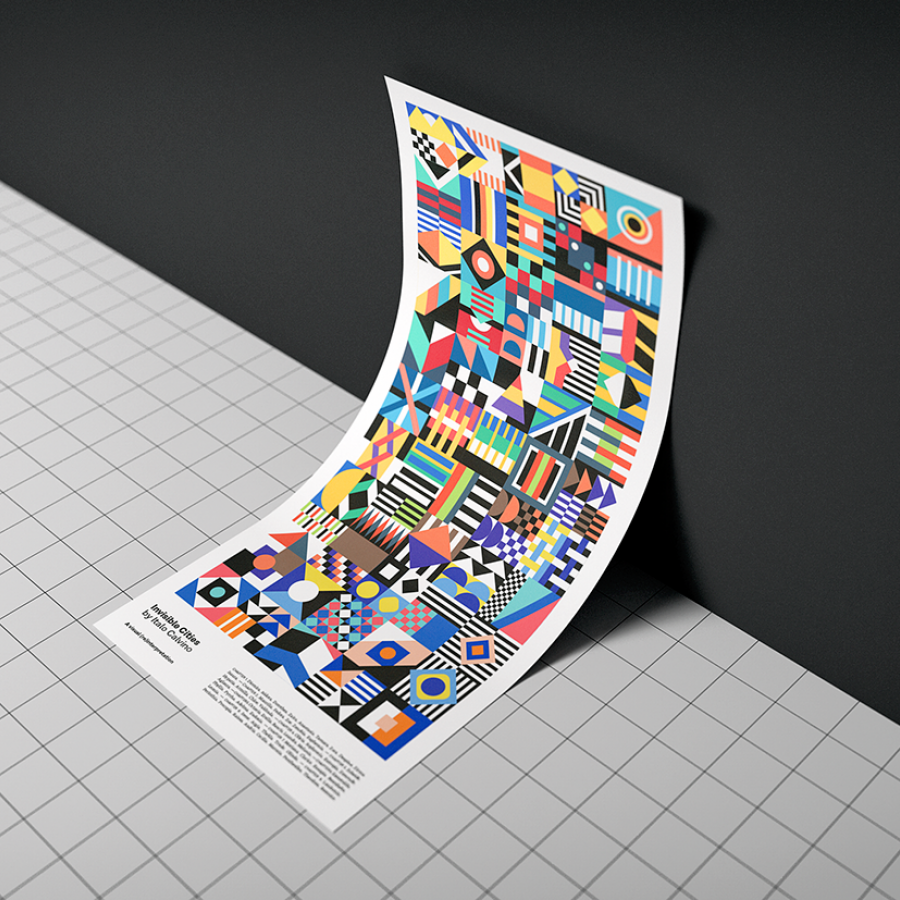
On the ground the inhabitants rarely show themselves: having already everything they need up there, they prefer not to come down. The slender stilts that rise from the ground at a great distance from one another and are lost above the clouds support the city. “After a seven days’ march through woodland, the traveller directed toward Baucis cannot see the city and yet he has arrived. The city is described by Calvino as follows They are made of 8mm thick mild steel, cut, bent, bolted or slotted together.īaucis is based on its namesake. The first two shown here are distillations of two cities, Baucis and Phyllis.
Invisible cities series#
This series of sculptures were inspired by Calvino’s text. These are not only cities of stone and steel, but also of ideas. Physical portrayal is blurred with metaphor, emotion, aspirations and failings. The cities are thought experiments in which the laws of physics are unravelled and the limitations of material reality are ignored. These are beguiling places, where things are never as they seem. The accounts are divided into eleven groups: Cities and Memory, Cities and Desire, Cities and Signs, Thin Cities, Trading Cities, Cities and Eyes, Cities and Names, Cities and the Dead, Cities and the Sky, Continuous Cities, and Hidden Cities The tale intersperses the dialogue between Polo and Khan with descriptions of 55 cities.

The text suspends disbelief and opens the reader’s imagination to the potentiality of these fantastical places.

They are described in a magical, poetic manner, sometimes childlike, sometimes melancholy. The cities are fantastical in both construction and concept. In the course of their discussions, Polo describes a series of metropolises, each of which bears a woman’s name. Italo Calvino’s book Invisible Cities is an account of a fictional conversation between the Mongol emperor Kublai Khan and the Venetian explorer, Marco Polo.


 0 kommentar(er)
0 kommentar(er)
